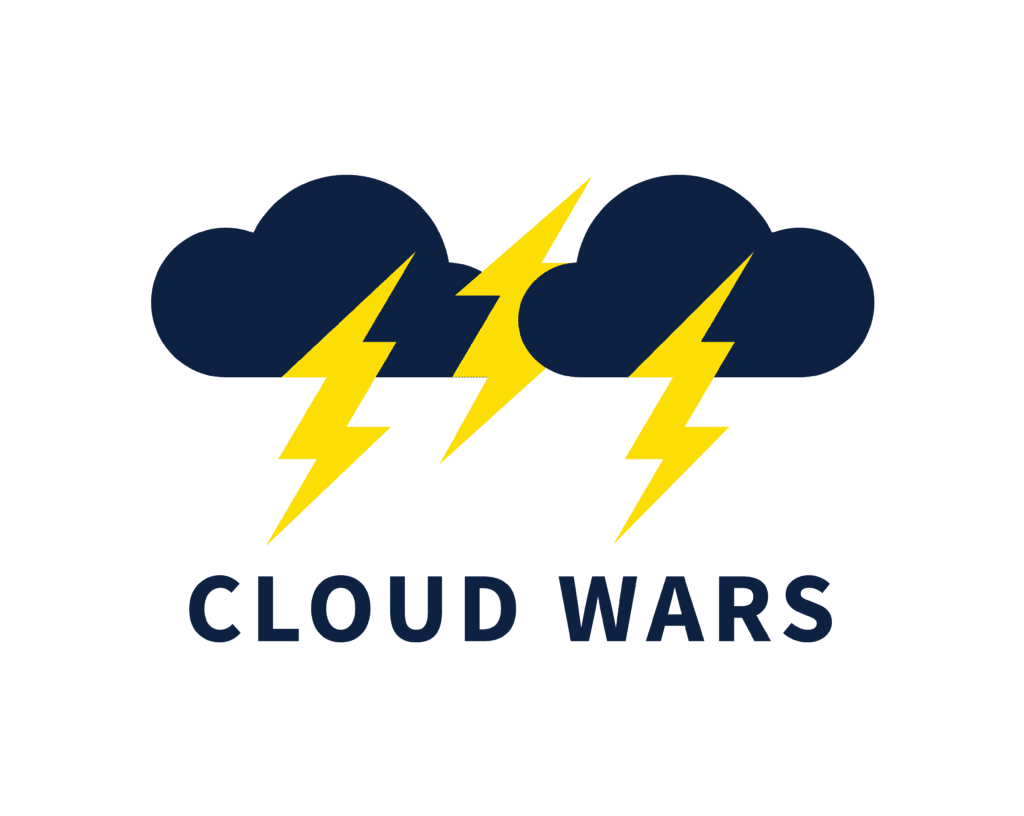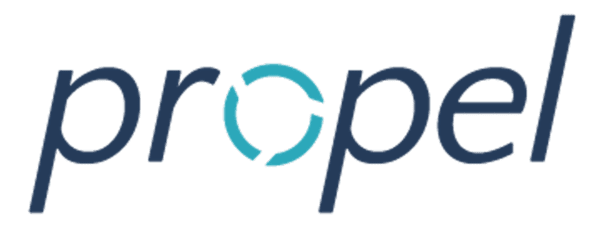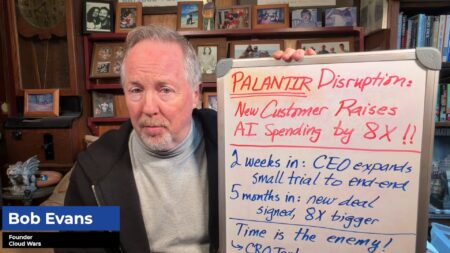
As subscription-based business models surge in popularity across multiple industries, Propel is helping product teams and sales teams work more closely in concert to get products to market more quickly and create superior customer experiences.
In the old days—and in today’s crazy and fast-paced environment, the “old days” started just 3 or 4 years ago—product teams sat over here, and they were focused on specific features and underlying technologies and accessories and durability and maintenance. Meanwhile, sales teams for the same company sat over there, and they were concerned about contract renewals and upsells and extended-warranty opportunities and getting big deals signed before the quarter ended.
Lost in the sauce were the needs and aspirations of the customers, whom themselves were beginning to undergo sweeping changes in how they worked and what they delivered to their customers. One of those disruptions was the huge demand for subscription-based products, which in turn triggered the need for businesses to adopt subscription-based business models.
And in the subscription world, the customer’s at the center of everything. So, companies that continue to operate in the traditional model of siloed products teams and siloed sales teams—each having only a vague idea of what the other was hearing from customers—are at a severe disadvantage because they lack visibility into the wants and needs of the new decision-makers: the customers.
In a recent interview, Propel founder and CEO Ray Hein explained how this widening gap in seller behavior and customer expectations sparked his vision for launching a company that could get those parties back in alignment.
“Several years ago, I realized the business models were shifting,” said Hein, who had worked over 30 years in manufacturing and technology before launching Propel.
“There’s been a chasm, if you will, between the product teams and the sales and marketing teams that has been unfulfilled, so I decided with my founding team to close that gap and get rid of these silos where products went through design, make, market, sell, service.
“And I focused on how we could close those whitespaces between those handoffs, and then really bring product and customer teams together to help shrink this gap and unleash this compression of innovation and make it possible to get products to market faster,” Hein said.
By thinking about the emerging marketplace reality in a different way—from the customer in, as opposed to seeing it from the seller out—Propel was able to help its customers embrace new business models of their own, including E-commerce and recurring revenue streams.
“We needed to think about PLM differently by combining the product and customer and really thinking about the real-life cycle centered end to end on the customer.”
With that mindset in place, Hein said, Propel has been able to play into some powerful new trends:
- by helping customers develop and sell subscription-based products, Propel enabled those companies to engage with their own customers in new and more-profitable ways;
- help customers eliminate “data blind spots” between product teams and sales teams that reduced profits and limited the ability of those companies to generate superior experiences for their customers;
- armed with greater visibility and purpose-built collaboration tools, product companies could harmonize the efforts of all of their functional teams resulting in optimized experiences for their customers and sharply improved performance for the companies themselves.
And as Hein was developing his plans for what Propel applications could deliver for customers, he was also thinking hard about how to interconnect Propel with a vibrant cloud-vendor ecosystem in which Propel could deliver new levels of value.
“The reason we chose the Salesforce platform was to help close the gap between the chief product officers and the chief revenue officers and even the CEO,” Hein said.
“And there was a product-value gap or a commercialization gap between the two, so the only way it made sense was to build on top of the winning customer platform, and that was Salesforce…. They’ve got a big lead on the technology platform, and they have MuleSoft and Tableau and Slack and so they keep adding best-in-class technology capability that I as a partner don’t have to build,” he said.
“We think about the industry domain and the business-use cases, and on the Salesforce platform we can out-innovate our competition because we’re not building the plumbing and the technology platform.”
I believe strongly that in today’s hyper disruptive environment, the biggest obstacles many companies face is not their competitors but rather their own unwillingness and/or inability to change and adapt and evolve at the speed of the world around them. And that’s one of the reasons I admire Hein’s mission for uniting previously siloed teams to generate greater speed of decision-making, speed of operations, and customer insights to deliver the ultimate objective of enterprise applications: superior experiences for customers.









